Keep Warm Skiing
So you get cold easily and want to keep wam skiing. It’s to be expected when taking part in a sport thousands of meters above sea level at below zero temperatures. Having the right gear to combat the elements is important. Choosing the right layering system, cosy gloves and woolly socks is on the minds of many at this time of year. It would be a shame after all to book a ski holiday, book lessons and then be unable to enjoy yourself because you can’t feel your hands and toes.
For some though buying a nice warm jacket isn’t quite enough. Long days on the mountain can cool off the hardiest skiers and extra measures need to be taken! Luckily there are lots of ways to warm up with some of these great winter warmers.
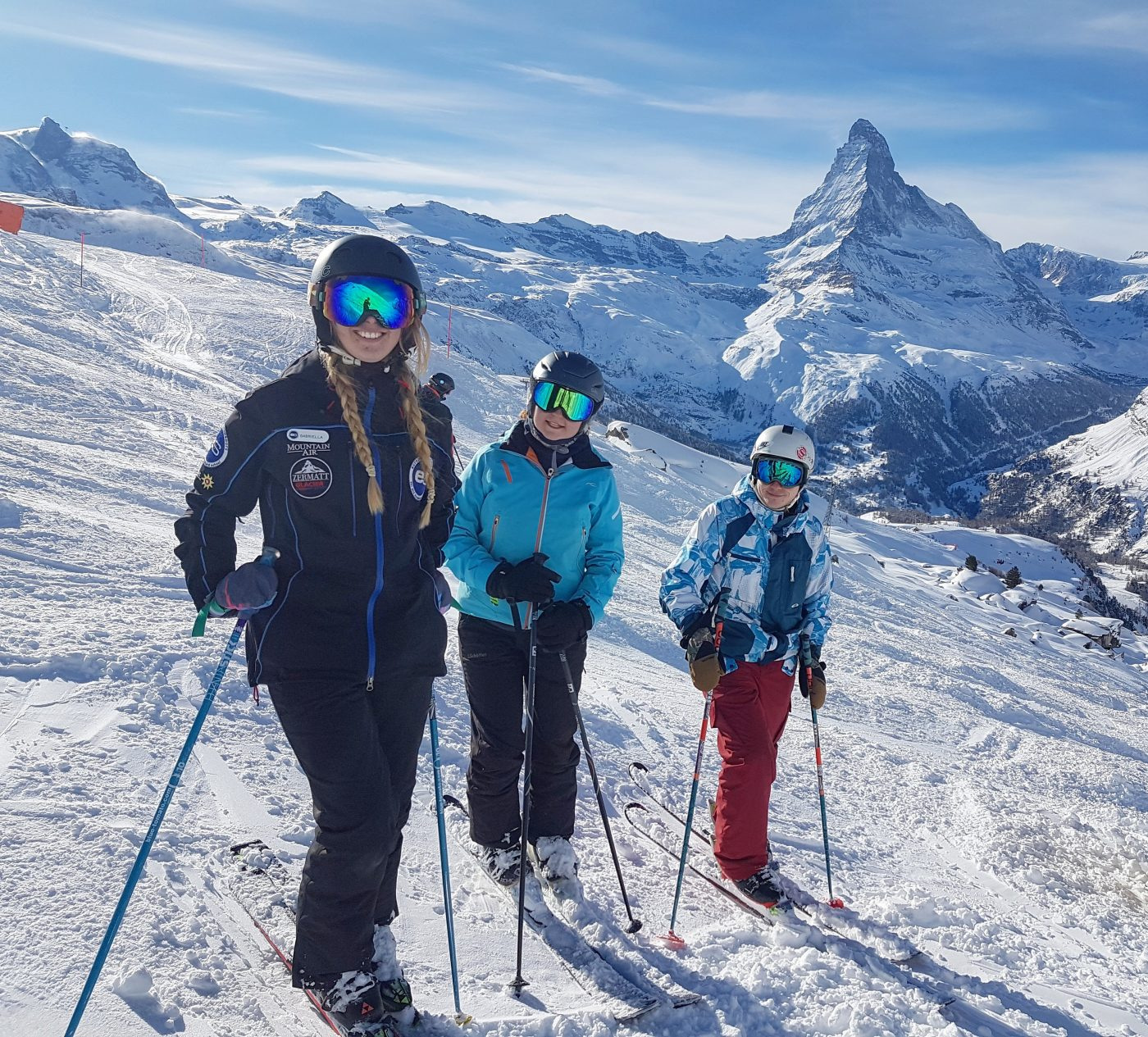
Getting your layering system right.
Base layers: Merino
The materials we choose to dress ourselves in matter and so does the way we layer them. With a decent base layer we can keep ourselves dry, regulate our temperature and even manage unwanted odours. There are many natural and synthetic solutions to this out there on the market today and the choice can be a little overwhelming. Keep Warm Skiing
Merino has always been a firm favourite for skiers and hikers. This particularly soft sheeps wool is a great choice for base layers as it is finer than more traditional wool and therefore much less likely to cause irritation. It is highly breathable, wicking away moisture to help you stay dry and yet has anti-bacterial properties that reduce body odour. Even when damp, the material has the ability to both retain body heat as well as release it if you were to get too hot.
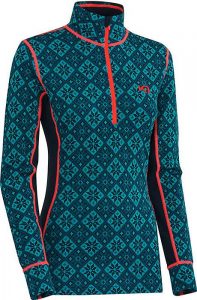
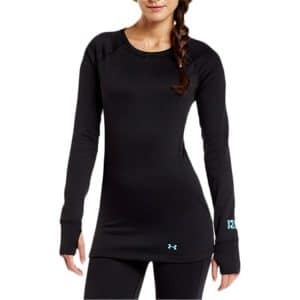
Mid layers: Down and synthetic
Having your trusty down jacket can be a saviour on the chilliest of days. Yet they are infamously difficult to look after. Washing, drying, repairing, and conserving a down jacket can be a tough job, so why own one?
Well firstly down’s ability to conserve heat is well established. Couple that with its warmth-to-weight ratio and you’re onto a winner. Down insulation is made from the natural midlayer of geese or ducks, using the fluffy, lofty feathers beneath their outer plumage. It is extremely breathable and packs down easily too, which is great for mountaineers and skiers who may be out in changing weather conditions.
It does however fall victim to wet, humid weather and once those feathers are wet your jacket’s performance will suffer. Which is where synthetic insulation comes in. It aims to do everything down can do and continue to do it when wet. Synthetic fibres dry faster and come with a cheaper price tag too. That said, it struggles to match down’s natural warmth-to-weight ration however, so you need to decide what is more important to you .
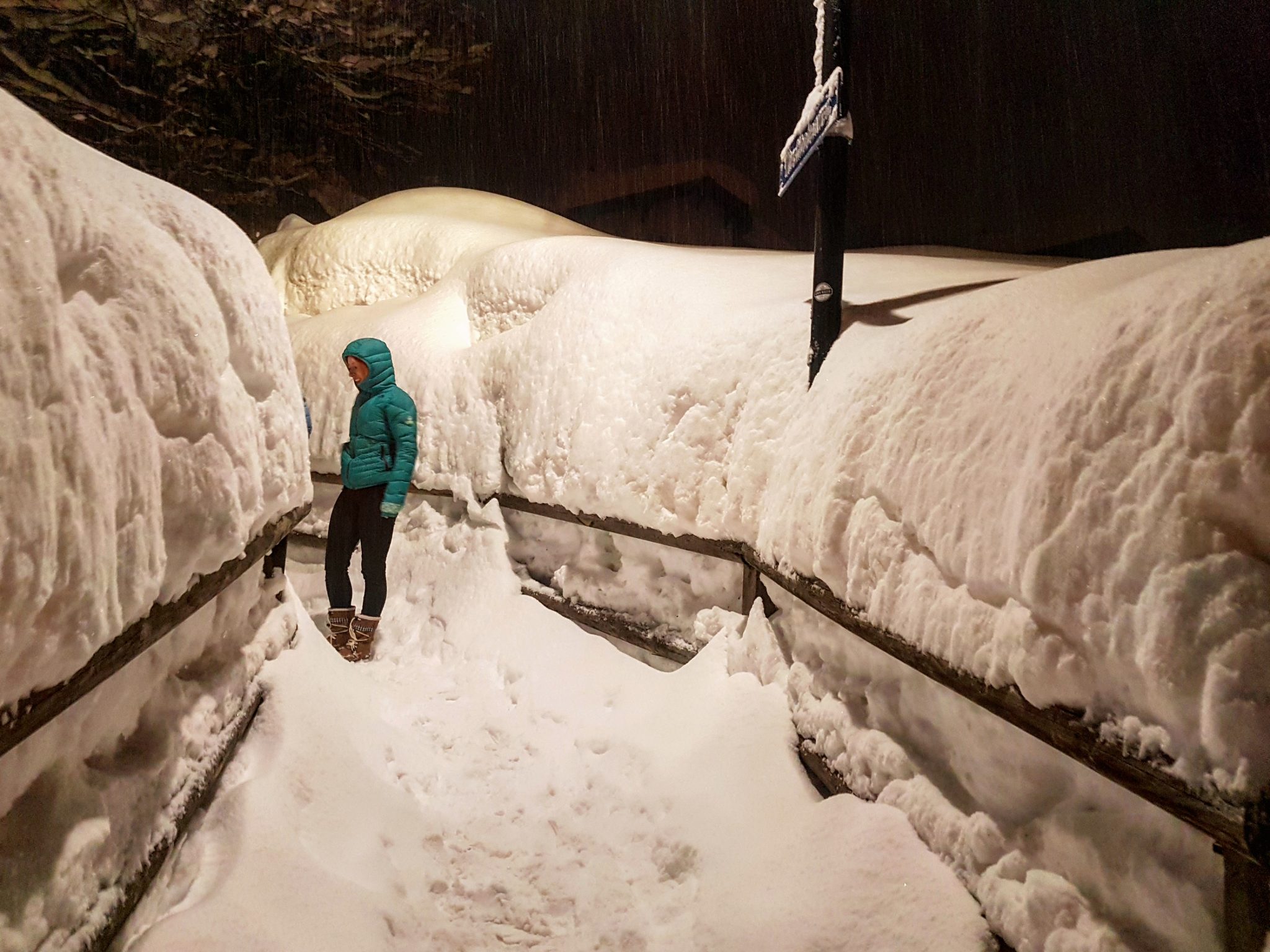
Outer shell: Gore-tex
Two of the biggest factors in cooling are wet weather and wind chill. Both on their own and in conjunction with one another, they can do a great deal of damage to your core temperature. So having an outer layer that can protect not only you but your thermal layers below is pretty important. Gore-tex is one of the most well known brands in this area because of its ability to protect from wind and keep you dry. It is also breathable, a problem with most waterproof garments. It’s all very well being protected from wet weather on the outside, but if you are too hot and sweating inside your jacket, you can begin to cool down just as quickly. Keep Warm Skiing use Goretex.
Ski Boots
Getting the right fit with your boots has a big part to play in preventing chilly toes! Too big, and the air space around your feet can cool quickly, too tight and blood flow will be restricted, leading to the same problem. The socks you wear can also contribute to this. You should only wear one pair of thin, technical ski socks. This helps with circulation and allows your feet to breathe. More than one pair of socks can lead to discomfort and overheating, sweating, then cooling.
Adjusting your boots in different situations can also be useful. When you’re on the lift, undo your clips to give your feet a little space. Then, when you tighten them back up to ski, be sure not to over tighten them! Keep Warm Skiing!

Heated clothing
If your layering system still isn’t working quite well enough you can turn to the world out heated ski clothing. Battery powered gloves, socks, and jackets are steadily becoming less bulky and more affordable. There’s no unwieldy battery packs or tangled wires. You’ll just see neatly concealed systems that could leave onlookers completely unaware that you are secretly being kept toasty warm!
For example, once your toes go it’s very difficult to concentrate on working your skis. But in a space as small as ski boots, preserving heat can be challenging. Heated socks and/or foot beds are a great solution.
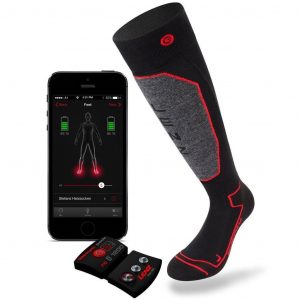
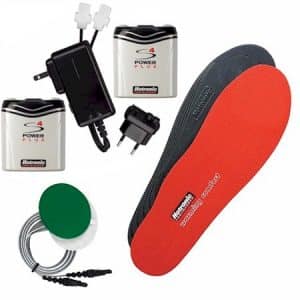
You don’t need to compromise your custom foot bed and liners either. Many boot fitters will help to build the heating elements into your boots. Then they run streamlined wires along the soles and up out of the liner to small battery packs on the cuffs. Some systems can even be controlled by Bluetooth from your mobile phone. So there’s no need to roll up the bottom of your ski trousers to control them.
So with all that sorted you should be able to head out on the hill insulated, regulated and protected against whatever mountain conditions you may face. If you’re not worrying about numb toes or a bitter, winter wind then you can focus fully at the task at hand -skiing! Keep Warm Skiing.
